Missing teeth are no longer a problem! Dental implants offer the most advanced, durable, and natural-looking solution for restoring your smile. An implant, together with its crown, mimics a real tooth both aesthetically and functionally-helping you regain confidence, comfort, and a complete smile.
To book a visit, sign up for a consultation. To clarify the details, our operator will contact you.
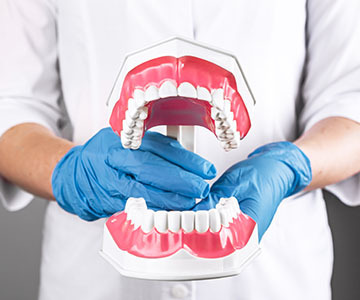
When Should We Consult A Gnathologist?
02 November 2023
What Do We Mean When We Talk About Gnathology?
Gnathology(international term - Gnathology) studies the systemic interrelationship of maxillo-facial organs and soft and hard tissues of the oral cavity and is closely related to all other modern directions of dentistry, be it orthodontics, orthopedics or others. It is necessary to consider the rules of gnathological treatment in the process of any dental treatment. Every intervention in the oral cavity, be it therapeutic, orthopedic, orthodontic, etc. It should be carried out taking into account the individual characteristics of the patient's jaw and face so that the natural symmetry of the face is preserved. Any dental treatment performed incorrectly can cause a number of problems in the area of the temporomandibular joint. Limitation of the joint function directly causes the pain of the face perimeter in patients. Along with this, gnathological problems can also cause: pain in the area of the jaw and upper face, a kind of throbbing of the bones, tension of the jaw muscle, restriction of wide opening of the mouth and an unpleasant buzzing sound in the ears.
What Symptoms Should We Pay Attention To, i.e. How Do We Know If We Need Gnathological Treatment?
In patients requiring gnathological treatment, problems with the organs and tissues of the jaw and teeth system may present themselves with many different symptoms. It is also significant that the occurrence of gnathological problems is not related to the patient's age, and similar problems may occur in both adult patients and adolescents at the age of puberty. Therefore, knowing the symptoms that indicate a gnathological problem is important not only for you, but also for your children's oral care. Symptoms may include: tightness in the face and joint area, restriction of mouth opening, ringing in the ears, headache (in the morning) and pain in the temple and mandibular joint area. If the patient suffers from one or more of the symptoms listed below, gnathological treatment is necessary. It is necessary to schedule a visit to a gnathologist and to examine the patient's mouth and, if necessary, take a diagnostic X-ray in the area of the joints.
What Is The Purpose Of Gnathological Treatment?
Professional gnathologists of "Blits Dental - Kakhaber Kharebava Dental Clinic" (Vera, Kuchishvili St. 11) can quickly determine the root cause of the problem and restore the structural harmony of the oral cavity. For this, in our clinic, a course of treatment fully adapted to the patient's needs is set up, the professionals of our team analyze all the patient's health problems according to cause-and-effect relationships and determine the modern, most optimal ways of treating pathologies.
For a consultation with a gnathologist: Sign Up for a Consultation
The Main Goals Of Gnathological Treatment Are:
- treatment of bruxism (increased tone of the muscles involved in the movement of the lower jaw, i.e. hypertonus, during which the cool tissue of the tooth (the same enamel) is worn away);
- aligning the dentition or restoring the height of the dental arch;
- fixing the lower jaw in the central position;
- Treatment of various complaints occurring in the temporal and lower jaw joints;
How Is The Treatment Being Carried Out?
After the symptoms are detected, the patient must consult a gnathologist in parallel with the consultations of the neurologist, maxillofacial surgeon or otorhinolaryngologist. First of all, a 3D X-ray must be performed in the temporomandibular joint area and the plane of the dental arch must be determined. 3D computed tomography is one of the most important means of diagnosing patients, which provides a comprehensive answer to the clinical picture of the patient's oral cavity. Through it, both joints are examined in detail in millimeters. At "Blits Dental - Kakhaber Kharebava Dental Clinic" (Vera, Kuchishvili St. 11), diagnosis is made with the latest Orthophos SL 3D device, and at the next stage of diagnosis, the gnathologist establishes an individual treatment plan for the patient. The treatment lasts 4 to 6 months and flows through special transparent caps, which are placed on the teeth of the lower jaw and are quite comfortable for the patient.
During pregnancy, hormonal changes can cause gum inflammation, bleeding, enamel erosion, and an increased risk of cavities. That’s why visiting the dentist during pregnancy is especially important.
Gnathology is one of the leading branches of 21st-century dentistry. It forms the foundation for any complex dental treatment planning
Tooth loss (edentulism) affects not only the appearance of your smile but also the overall functional health of your oral cavity
Dental veneers can be made from various materials, but ceramic (porcelain) veneers are the most widely used.
Modern aesthetic and functional dentistry is continually evolving, striving to identify restorative materials that combine exceptional strength
The eruption of baby teeth is one of the most important stages in a child’s early development.
Modern dentistry increasingly emphasizes the importance of orthodontic care.
Oral health care begins long before the first permanent tooth erupts.
A smile is one of the key elements of a person’s visual identity. It conveys confidence and positivity. However, the beauty of a smile is not only an aesthetic factor—it is directly connected to oral health.
Orthodontic treatment has long gone beyond the limits of traditional metal braces.
Dental implantation is the best method for restoring missing teeth. However, for the procedure to be successful, the jawbone must have sufficient volume and density.
Dental implantation is one of the most effective and safest surgical procedures in modern dentistry for restoring missing teeth.
Initial endodontic (root canal) treatment is usually successful and helps preserve the natural tooth.
Root canal treatment, also known as endodontic therapy, is one of the most frequently discussed yet often misunderstood dental procedures.
Tooth decay is one of the most common dental conditions, involving damage to the hard tissues of the teeth
Modern dentistry is constantly evolving, offering improved methods for solving complex issues.
Today, there are numerous teeth whitening options—both at home and professionally done.
Modern dental clinics are equipped with special equipment that ensures the safe use of anesthesia.
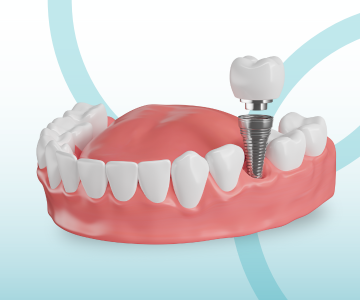

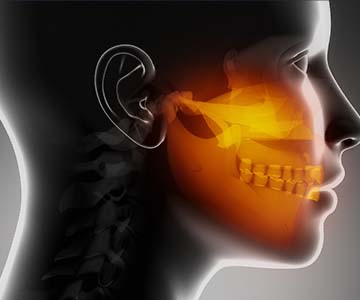
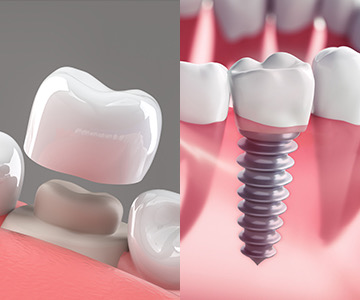
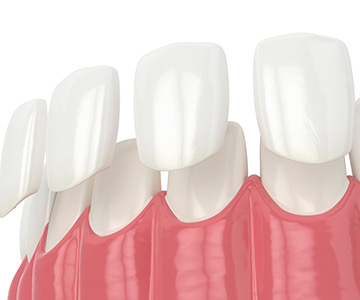



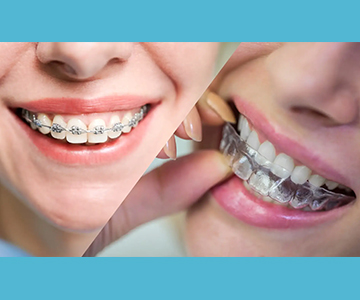

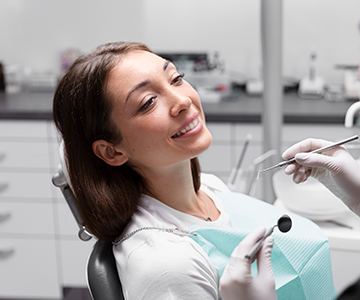
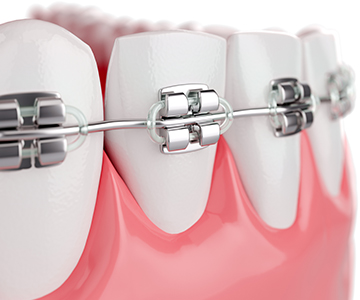
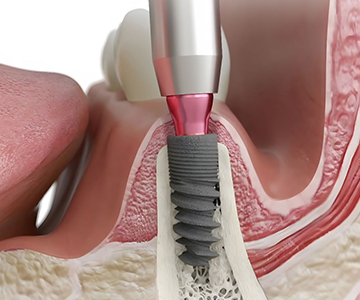
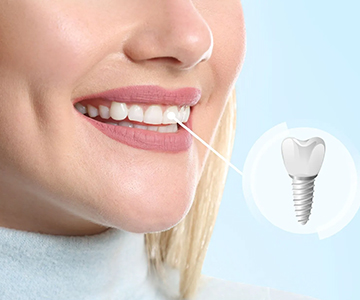
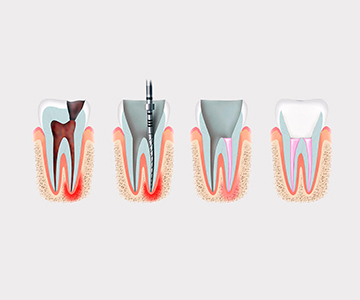
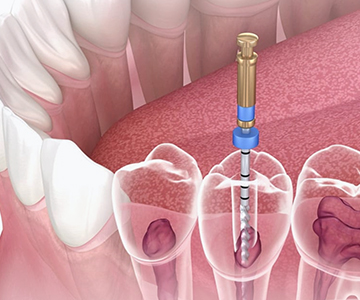
.jpeg)
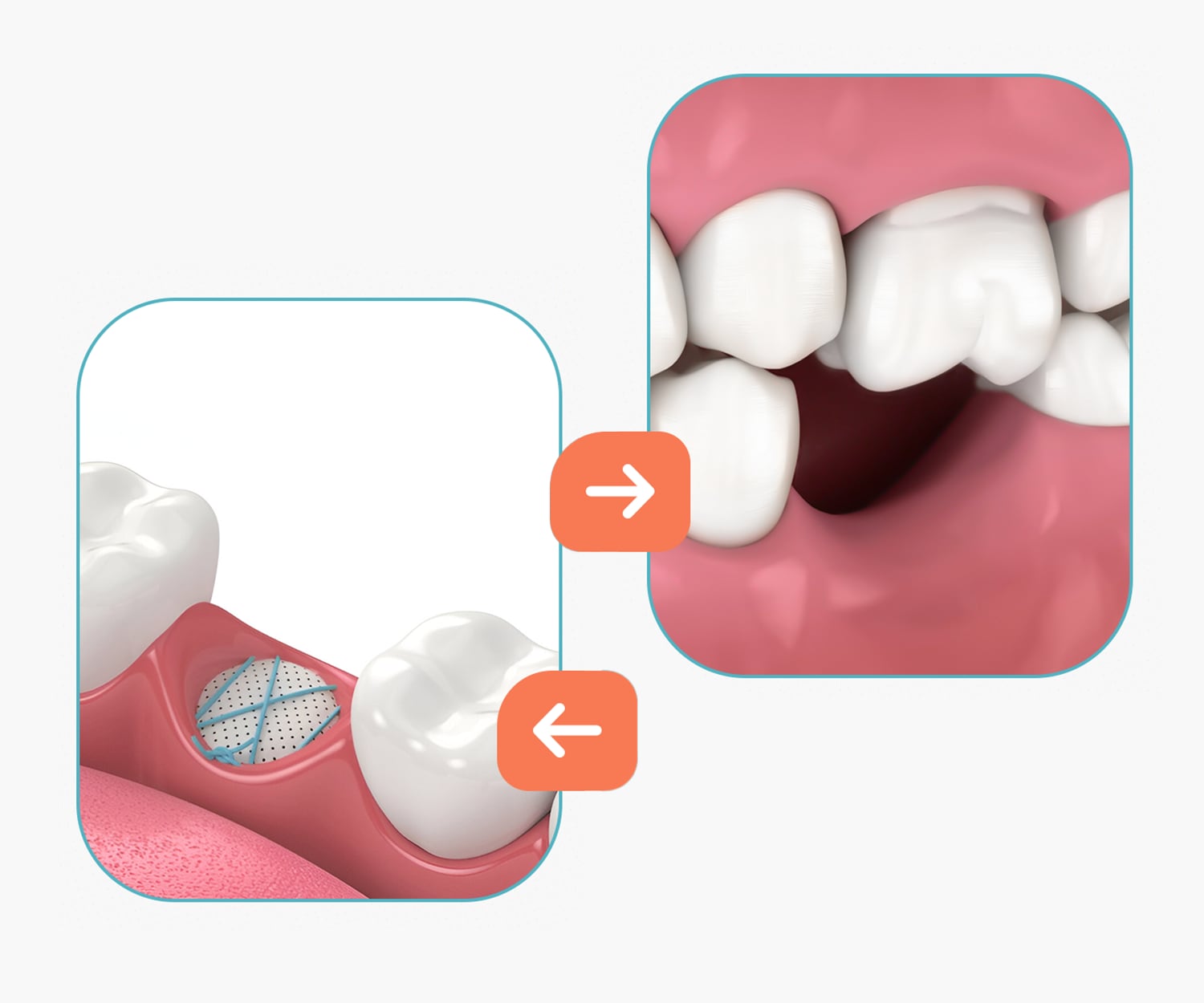
.jpeg)
